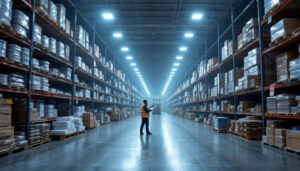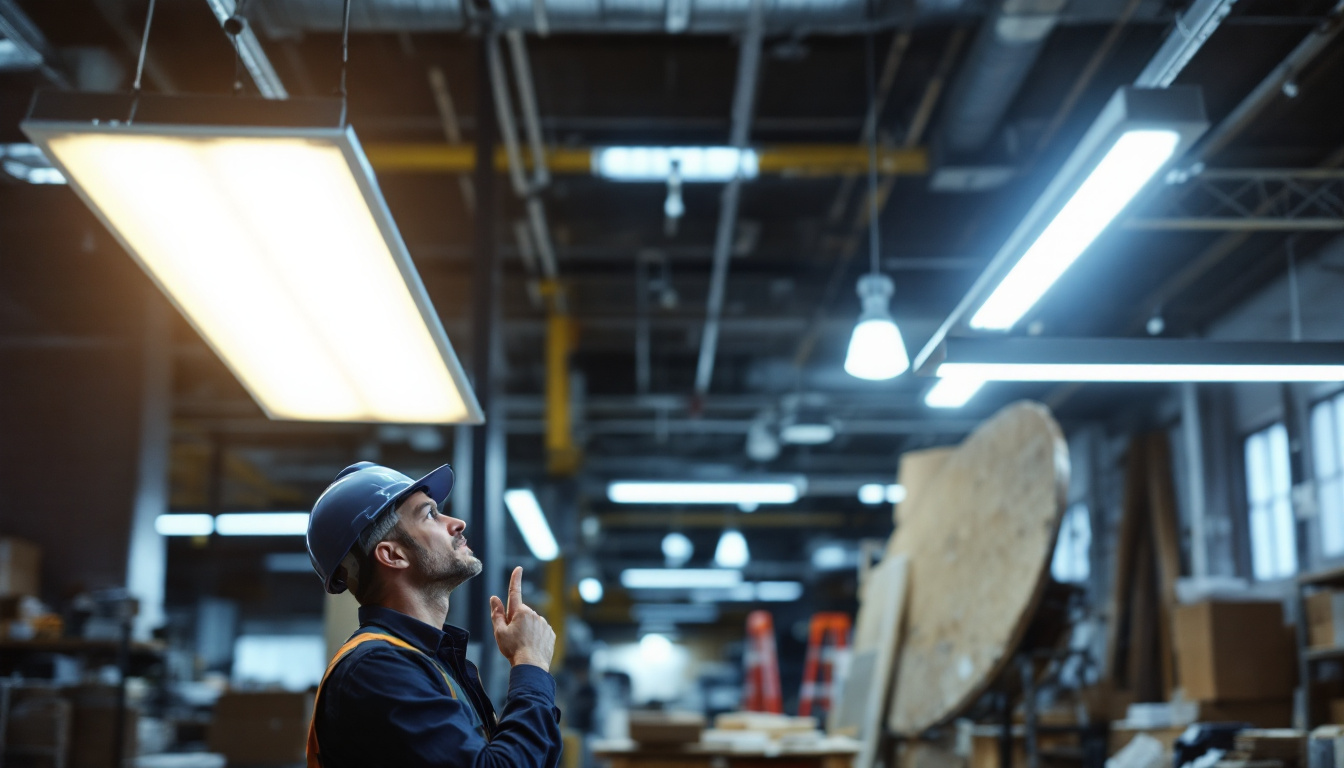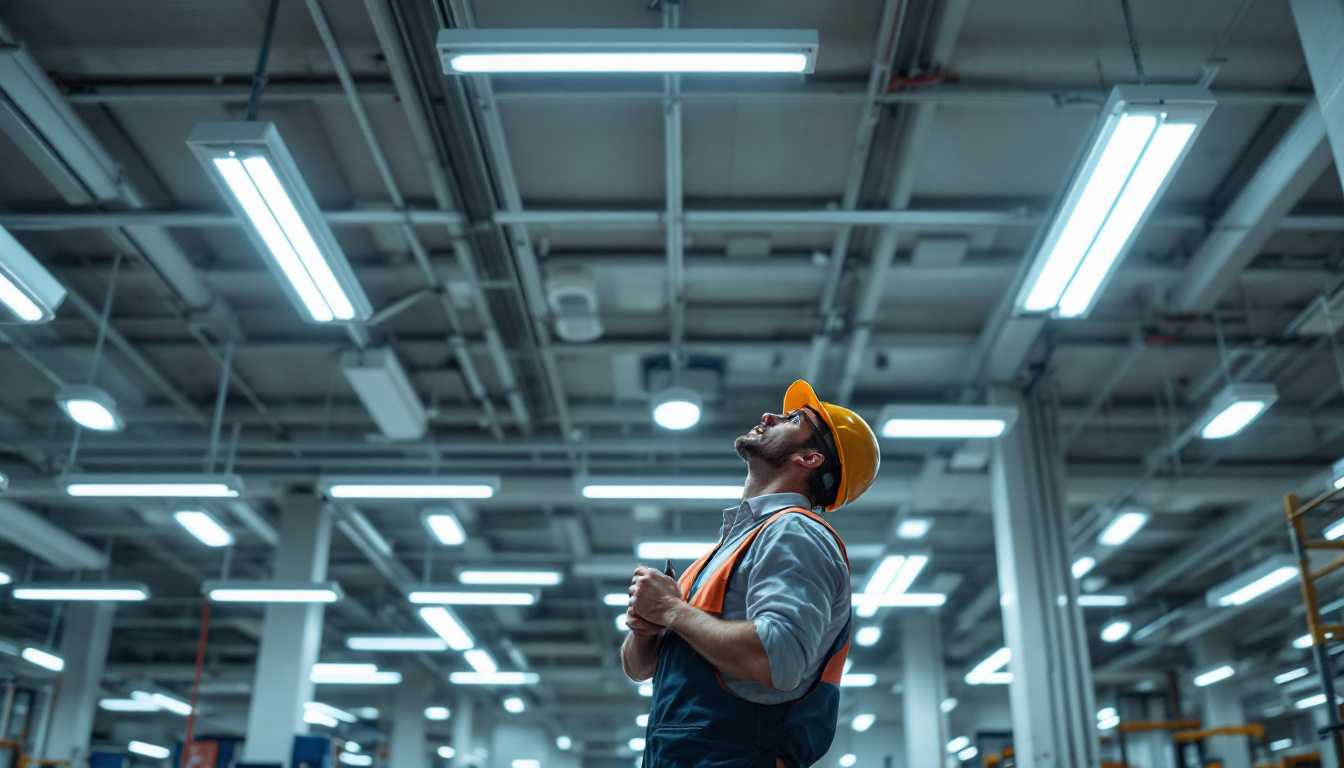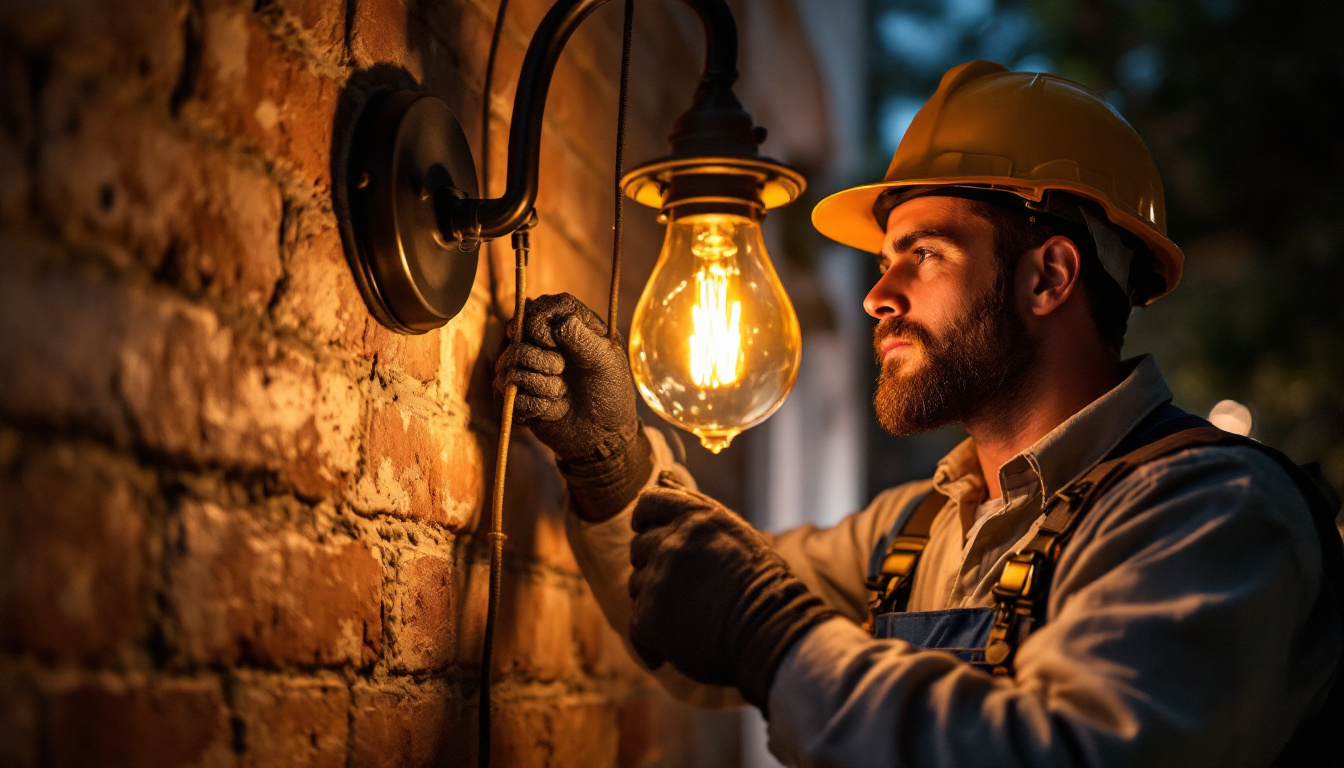

The lighting industry is evolving at a rapid pace, with new technologies emerging that significantly impact how lighting contractors approach their projects. Among these advancements, LED and fluorescent lighting remain two of the most discussed options. Understanding the differences, advantages, and trends surrounding these technologies is essential for lighting contractors aiming to stay competitive and meet client expectations. This article delves into the latest trends in LED and fluorescent lighting, providing insights that every lighting contractor should know.
Before diving into trends, it’s crucial to grasp the fundamental differences between LED (Light Emitting Diode) and fluorescent lighting. Each technology has its unique characteristics, advantages, and applications.
LED lighting operates by passing an electrical current through a semiconductor, which emits light. This process is highly efficient, resulting in minimal energy loss and longer lifespans. In contrast, fluorescent lights work by sending an electric current through a gas-filled tube, causing the gas to emit ultraviolet light, which then excites a phosphor coating inside the tube to produce visible light. While both technologies serve the same purpose, their operational mechanisms lead to different performance characteristics. Additionally, LEDs are more versatile in design, allowing for various shapes and sizes, which can be tailored to specific lighting needs, from intricate architectural features to simple task lighting.
One of the most significant advantages of LED lighting is its energy efficiency. LEDs typically consume up to 80% less energy than traditional incandescent and fluorescent lights. Furthermore, LEDs have an impressive lifespan, often lasting over 25,000 hours, compared to the 7,000 to 15,000 hours of fluorescent bulbs. This longevity not only reduces replacement costs but also minimizes waste, aligning with sustainability goals that many clients prioritize. Moreover, the reduced energy consumption translates to lower electricity bills, making LEDs an economically savvy choice for both residential and commercial applications. As energy costs continue to rise, the financial benefits of switching to LED technology become increasingly appealing.
When it comes to light quality, both LED and fluorescent options have made significant strides. LEDs provide a broad spectrum of color temperatures, ranging from warm to cool light, which can be tailored to specific applications. Fluorescent lights, while available in various color temperatures, often struggle to match the quality and consistency of LED lighting. This difference can influence client preferences, particularly in settings where ambiance and aesthetics are paramount. Furthermore, the ability of LEDs to produce high Color Rendering Index (CRI) values means that colors appear more vibrant and true to life under LED lighting, making them ideal for retail environments, art galleries, and photography studios. This enhanced color perception can significantly impact consumer behavior and satisfaction, illustrating the importance of choosing the right lighting technology for specific contexts.
The LED market is dynamic, with several trends shaping the future of lighting solutions. For lighting contractors, staying informed about these trends is essential for making informed recommendations to clients.
Smart lighting systems are becoming increasingly popular, allowing users to control their lighting through smartphones, voice commands, or automated schedules. This trend is particularly appealing in residential and commercial settings, where energy savings and convenience are top priorities. Lighting contractors should familiarize themselves with smart LED products and the necessary installation techniques to meet the growing demand for integrated lighting solutions.
Human-centric lighting focuses on creating environments that enhance well-being and productivity. This approach considers the biological effects of light on human health, emphasizing natural light mimicking and circadian rhythm alignment. Lighting contractors can leverage this trend by offering LED solutions that adjust color temperature and intensity throughout the day, promoting a healthier atmosphere in workplaces and homes.
As sustainability becomes a critical concern for many consumers, the demand for eco-friendly lighting solutions is on the rise. LEDs are inherently more sustainable due to their energy efficiency and longer lifespan. Additionally, many manufacturers are adopting environmentally responsible practices, such as using recyclable materials and reducing hazardous substances in their products. Lighting contractors who prioritize sustainability in their offerings can attract environmentally conscious clients.
Fluorescent lighting remains a cost-effective solution for specific applications, particularly in commercial settings where initial installation costs are a significant factor. For example, large-scale installations in warehouses or industrial environments may still favor fluorescent options due to their lower upfront costs. Lighting contractors should assess the specific needs of each project to determine whether fluorescent lighting is the most economical choice.
Many businesses are in the process of transitioning from fluorescent to LED lighting. This shift is driven by the long-term savings and benefits associated with LED technology. However, contractors must be prepared to address concerns regarding the upfront investment and potential disruptions during the transition. Providing clients with a clear understanding of the return on investment (ROI) and long-term benefits can facilitate smoother transitions.
As energy efficiency standards evolve, fluorescent lighting is facing increased scrutiny. Many regions are implementing stricter regulations that encourage the adoption of LED technology. Lighting contractors must stay informed about these regulatory changes to ensure compliance and guide clients in making the best choices for their lighting needs.
When considering LED and fluorescent lighting, a comparative analysis can help clarify the advantages and disadvantages of each technology. This analysis is essential for lighting contractors to provide informed recommendations to clients.
Initial costs are often a significant factor in lighting decisions. Fluorescent lighting typically has lower upfront costs compared to LED installations. However, it’s crucial to consider long-term savings. LEDs, while more expensive initially, offer substantial savings in energy costs and reduced maintenance due to their longer lifespan. Contractors should present clients with a comprehensive cost analysis that includes both initial investments and long-term savings.
In terms of performance, LEDs generally outperform fluorescent lights in various aspects, including brightness, color rendering, and dimming capabilities. LEDs provide instant full brightness, while fluorescent lights may require a warm-up period. Additionally, LEDs are more durable and resistant to breakage, making them a reliable choice for high-traffic areas. Lighting contractors should highlight these performance advantages when discussing options with clients.
The environmental impact of lighting choices is becoming increasingly important to consumers. LEDs are more environmentally friendly due to their lower energy consumption and longer lifespan, which results in less waste. Fluorescent lights, on the other hand, contain mercury, which poses disposal challenges. Contractors should emphasize the environmental benefits of LED lighting to appeal to eco-conscious clients.
As lighting contractors navigate the evolving landscape of LED and fluorescent lighting, effective client education and communication become paramount. Clients often have varying levels of understanding regarding lighting technologies, and it is the contractor’s responsibility to bridge that gap.
When discussing lighting options, providing clear comparisons between LED and fluorescent technologies can help clients make informed decisions. Utilizing visual aids, such as charts or graphs, can effectively illustrate differences in energy consumption, lifespan, and cost-effectiveness. This approach not only enhances client understanding but also builds trust in the contractor’s expertise.
There are several misconceptions surrounding both LED and fluorescent lighting. For instance, some clients may believe that fluorescent lights are more energy-efficient than LEDs, or that LEDs are too expensive to justify their benefits. Addressing these misconceptions through informative discussions can help clients feel more confident in their lighting choices.
Every project is unique, and clients appreciate tailored solutions that meet their specific needs. Lighting contractors should take the time to assess each client’s requirements, preferences, and budget constraints. By offering customized lighting solutions that consider both LED and fluorescent options, contractors can enhance client satisfaction and foster long-term relationships.
The future of lighting is bright, with advancements in technology and design continually shaping the industry. For lighting contractors, staying ahead of the curve is essential for success.
As technology continues to evolve, new lighting solutions are emerging. Innovations such as OLED (Organic Light Emitting Diode) and advancements in smart lighting technology are gaining traction. Lighting contractors should remain informed about these emerging technologies to offer clients the latest and most effective solutions.
The integration of renewable energy sources, such as solar power, into lighting solutions is becoming increasingly popular. Contractors who can provide expertise in combining lighting systems with renewable energy sources can position themselves as leaders in the industry. This trend not only aligns with sustainability goals but also appeals to clients looking to reduce their carbon footprint.
As the lighting industry evolves, ongoing education and training for lighting contractors are paramount. Staying updated on the latest trends, technologies, and best practices ensures that contractors can provide the best service to their clients. Participating in workshops, seminars, and industry events can enhance knowledge and foster networking opportunities.
In the ever-evolving world of lighting, understanding the trends and differences between LED and fluorescent technologies is essential for lighting contractors. By staying informed about the latest advancements, addressing client concerns, and providing tailored solutions, contractors can position themselves as trusted experts in the field. As the industry continues to grow, embracing innovation and sustainability will be key to success in meeting the diverse needs of clients.
Ready to elevate your lighting game? At LumenWholesale, we provide lighting contractors like you with the highest quality, spec-grade LED and fluorescent lighting products at unbeatable wholesale prices. Say goodbye to local distributor markups and hello to a vast selection of reliable, high-performance lighting solutions that meet the strictest industry standards. With free shipping on bulk orders, you can stock up on premium lighting without any hidden fees or compromises. Don’t miss out on the perfect combination of quality, affordability, and convenience. Wholesale Lighting at the Best Value is just a click away. Make the smart choice for your projects and partner with LumenWholesale today.

Discover the essential insights every lighting contractor needs to know about fluorescent lights.

Explore the fascinating history and modern resurgence of gas lighting in this insightful article tailored for lighting contractors.

Discover why solar lanterns are becoming a game-changer for lighting contractors.

Discover the essential differences between ballasts and drivers in lighting systems.
Get notified when NEW deals are released.
Optimize your budget with wholesale discounts.
Only top-quality, specification-grade lighting products.
No additional costs at checkout - what you see is what you pay.
We understand the unique needs of contractors.